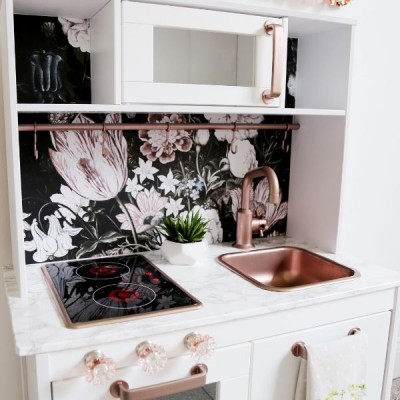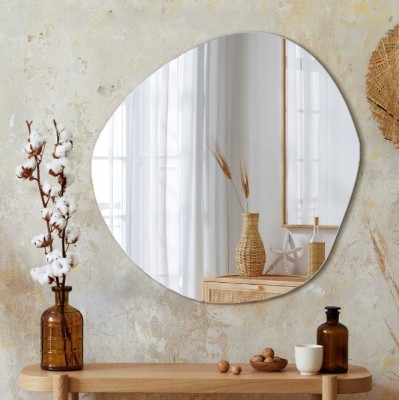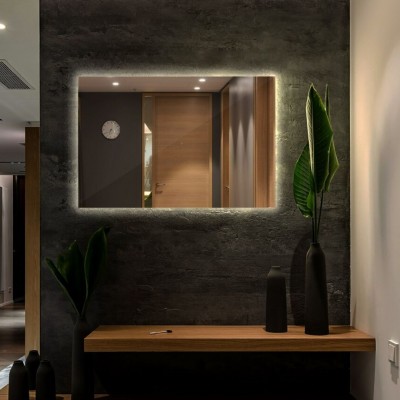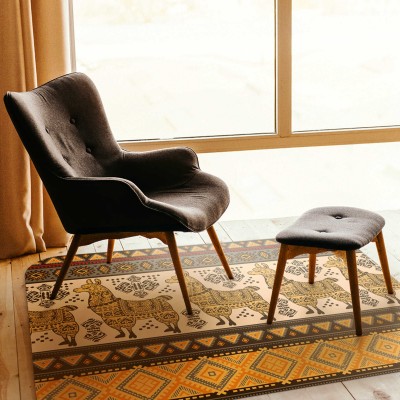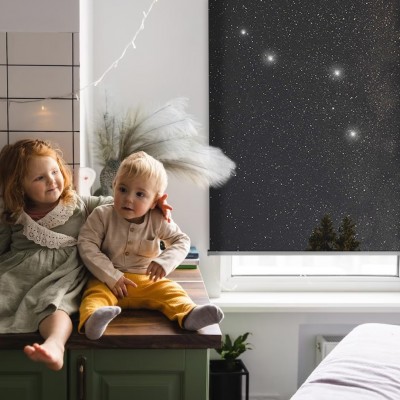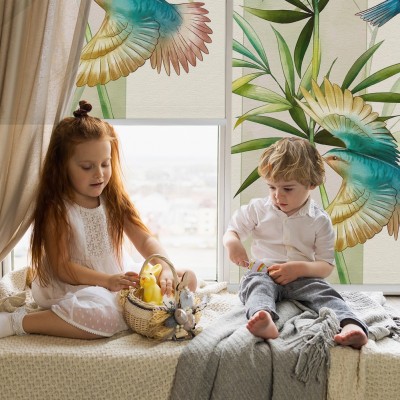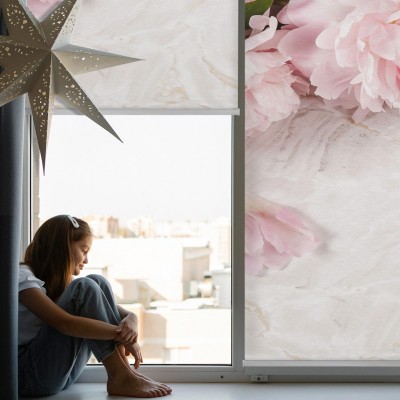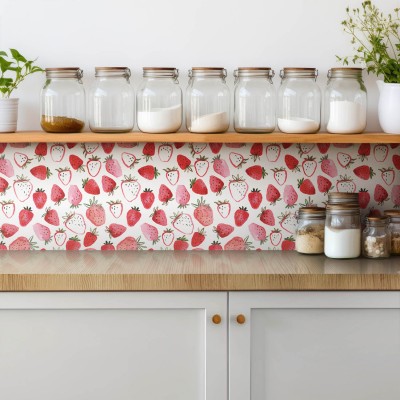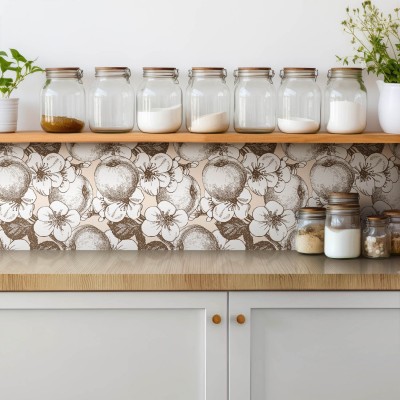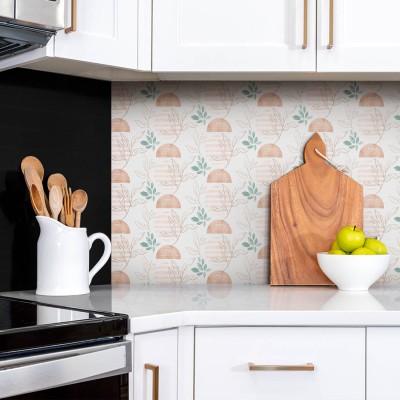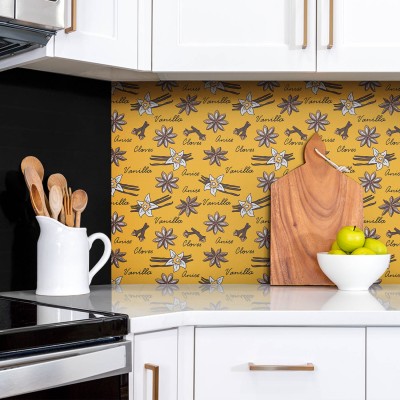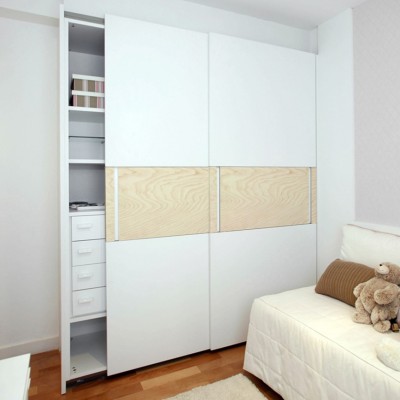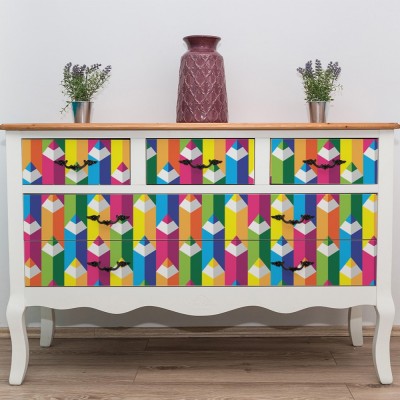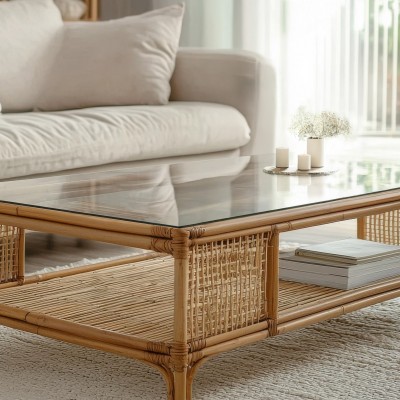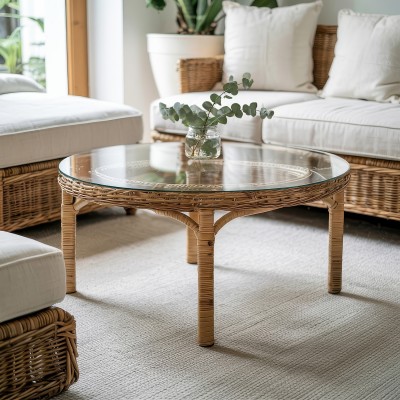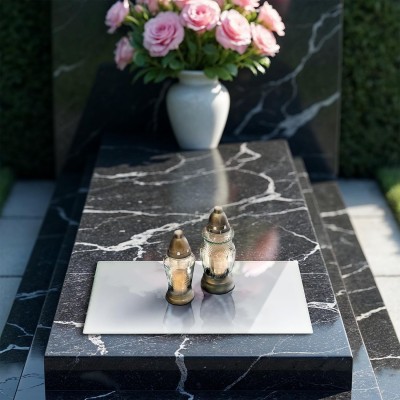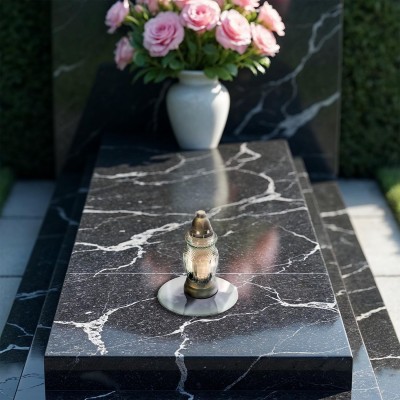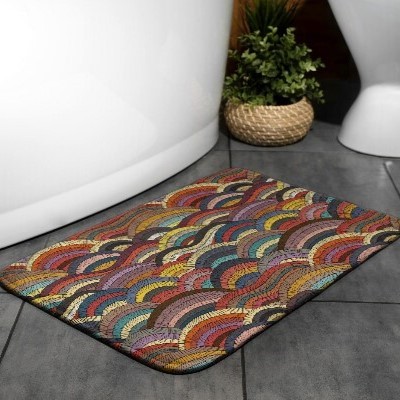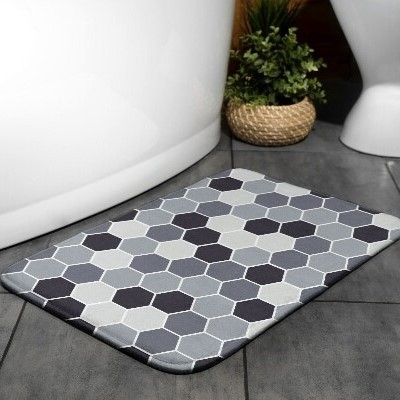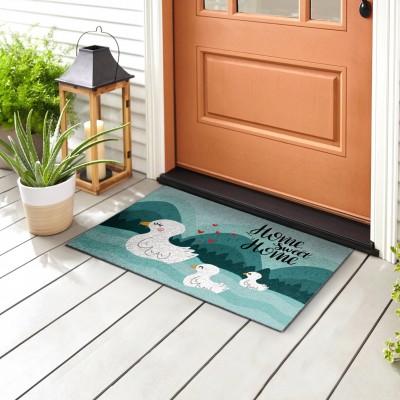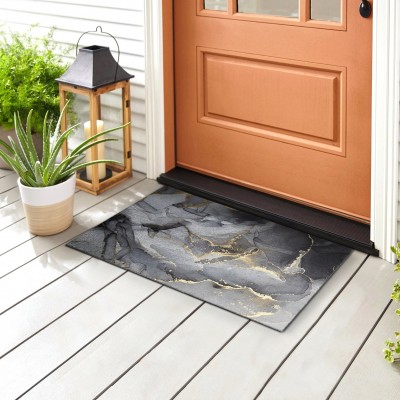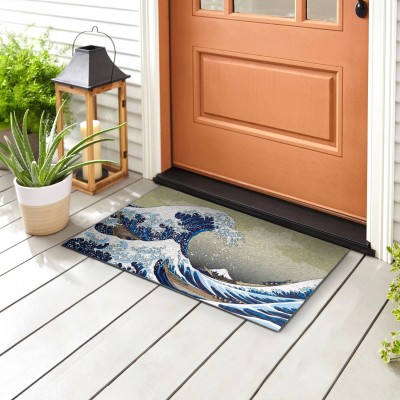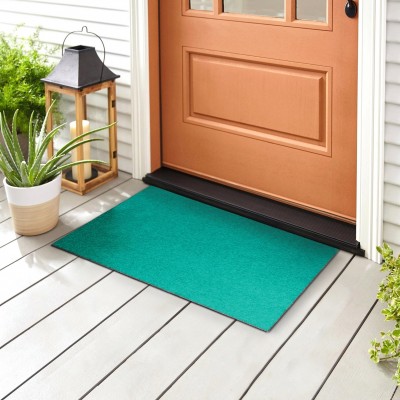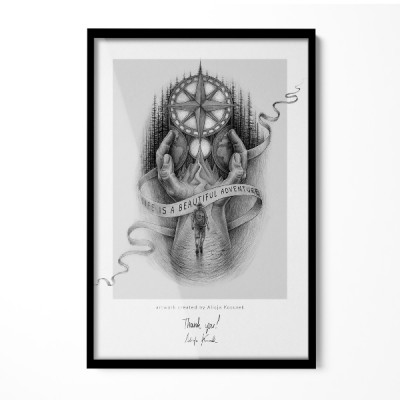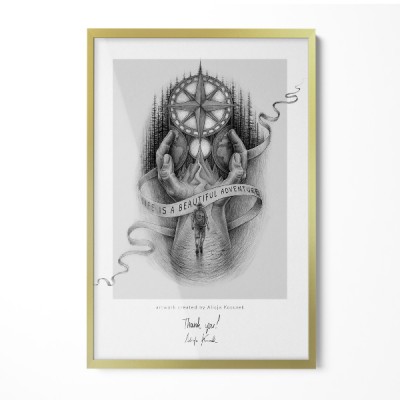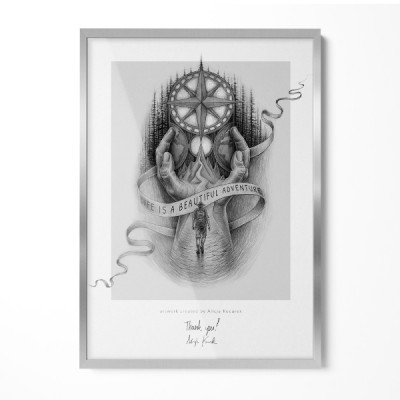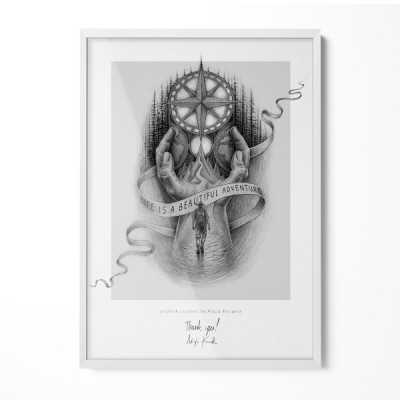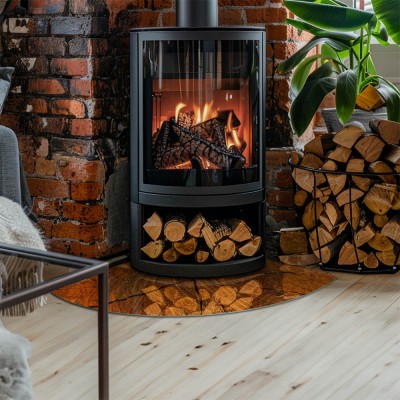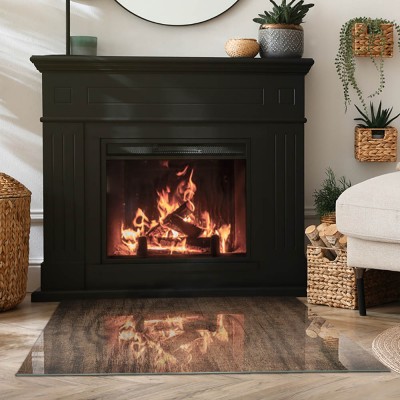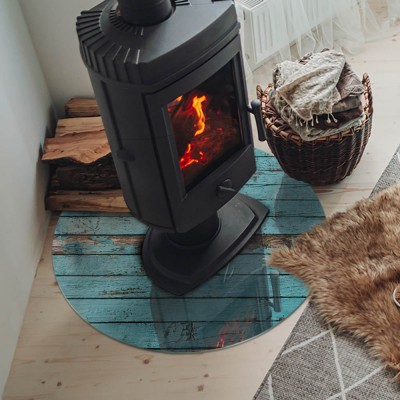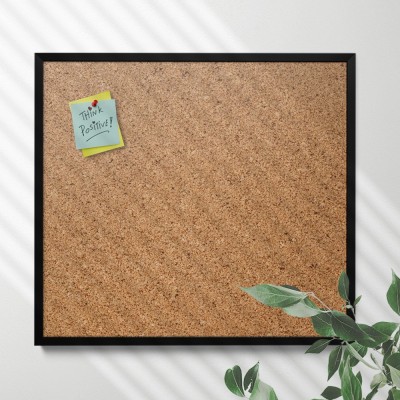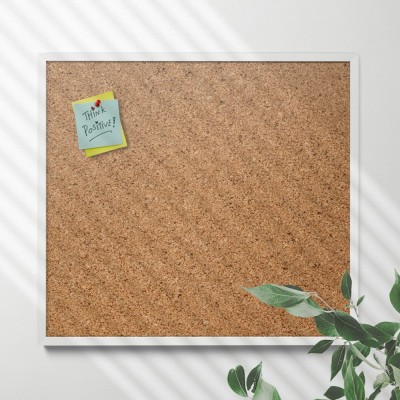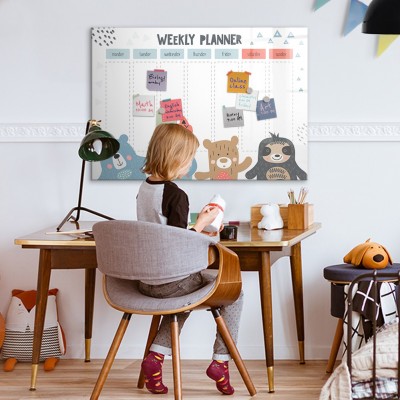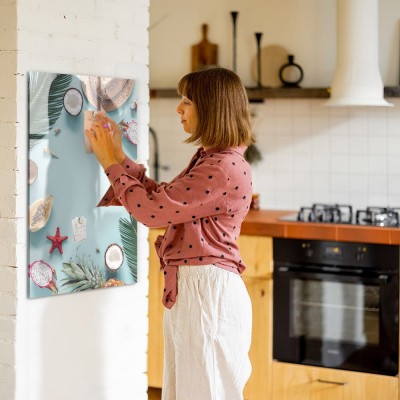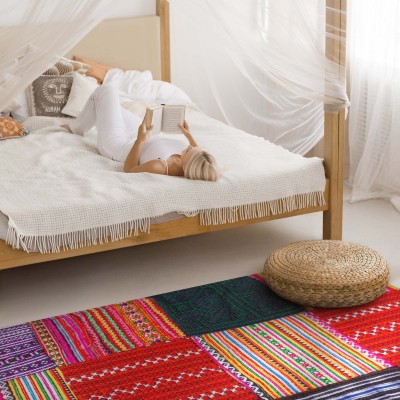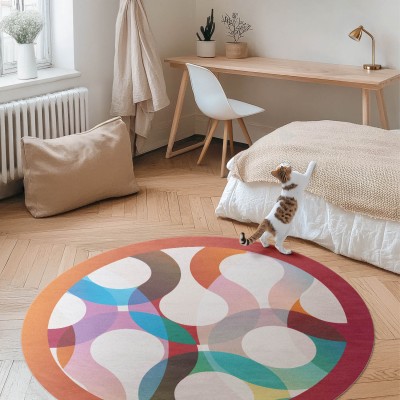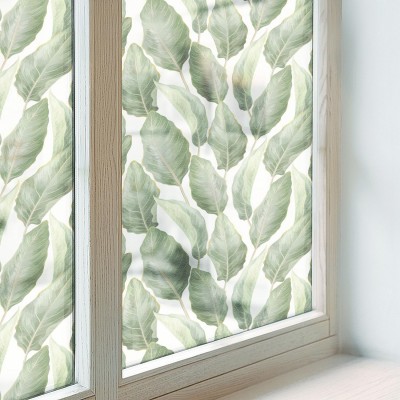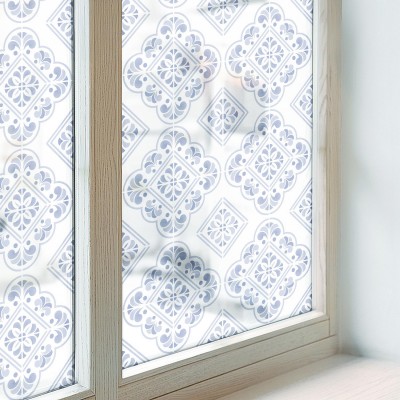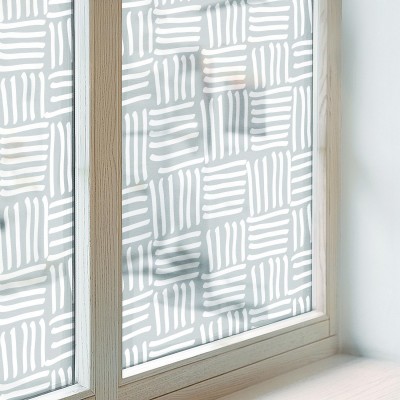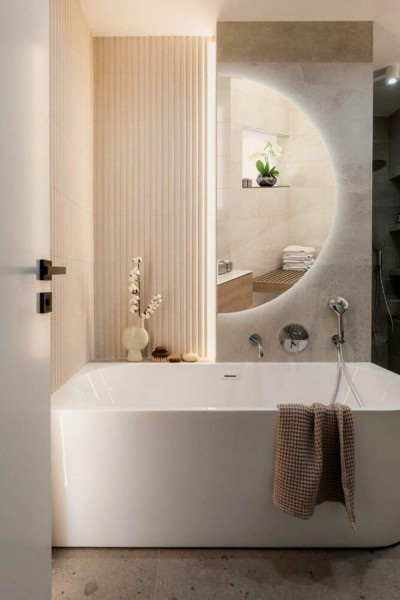Are you looking to add a dash of dazzle to your domicile with the perfect mirror? Well, you've come to the right place! Mirrors are not just tools for checking your reflection; they're magical elements that can transform your space. They create illusions of more space, amplify natural light, and serve as eye-catching decor pieces that reflect your style. So, let's embark on this reflective journey together and discover how to choose the perfect mirror for your interior with some expert tips and tricks.
Understanding the Role of Mirrors in Interior Design
Mirrors have a secret superpower: they can utterly transform a room without much effort. By creating the illusion of more space, mirrors make small rooms feel expansive and welcoming. They bounce natural light around, brightening up dim corners and bringing a lively energy to the space. But the magic doesn't stop there. Mirrors also add a touch of elegance and sophistication, serving as focal points that can elevate the aesthetic of any room. Moreover, mirrors have a psychological effect, offering a sense of openness and boosting light, which can positively influence our mood and mental well-being. Whether it's a grand statement piece above a fireplace or a carefully curated wall of variously shaped mirrors, each serves a unique purpose in home decor.
Types of Mirrors and Their Best Uses
- Wall mirrors: Ideal for creating focal points in living rooms, hallways, and dining areas. They come in a myriad of shapes and sizes, suited to different styles and needs.
- Floor mirrors: Perfect for bedrooms and dressing areas, these large mirrors not only add drama but also functionality, allowing for full-body reflection.
- Decorative mirrors: With unique frames and shapes, these mirrors serve more as art pieces, ideal for adding character and charm to any space.
- Functional mirrors: Found in bathrooms and closets, these mirrors are primarily for personal grooming but can be styled to enhance the room's design.
Understanding the role and types of mirrors available can guide you in choosing the right mirror for your space, aligning with your interior design goals.
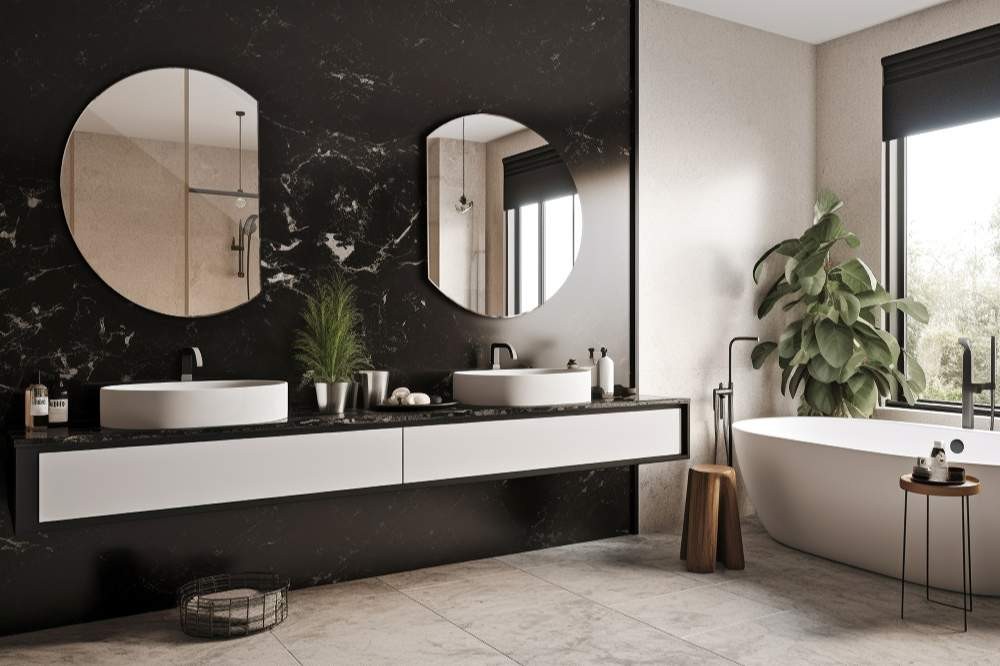
What to look for when buying a mirror? Assessing Your Space and Needs
Before diving into the vast sea of options, take a moment to assess your space and what you need from a mirror. Consider the room's size, the amount of natural light it receives, and the existing decor style. Ask yourself, "What role do I want this mirror to play?" Is it to make a small room appear larger, to increase light, or simply to serve as a stunning piece of art?
Evaluating the Space
- The size of the room and its lighting conditions can greatly influence your choice of mirror. A large, ornate mirror can serve as a statement piece in a spacious living room, while a series of smaller mirrors might better suit a narrow hallway.
- The style of your room should guide the mirror's frame design and shape. A minimalist space may call for a sleek, frameless design, whereas a more traditional room could benefit from a mirror with a vintage, ornate frame.
Determining the Function
- Decorative vs. functional: Decide if the mirror is mainly decorative, functional, or both. A decorative mirror might prioritize style over size, while a functional mirror (such as in a bathroom) needs to be practical for daily use.
- Matching decor: Consider how the mirror will complement your existing decor. The right mirror can tie a room together, reflecting and emphasizing the room's best features.
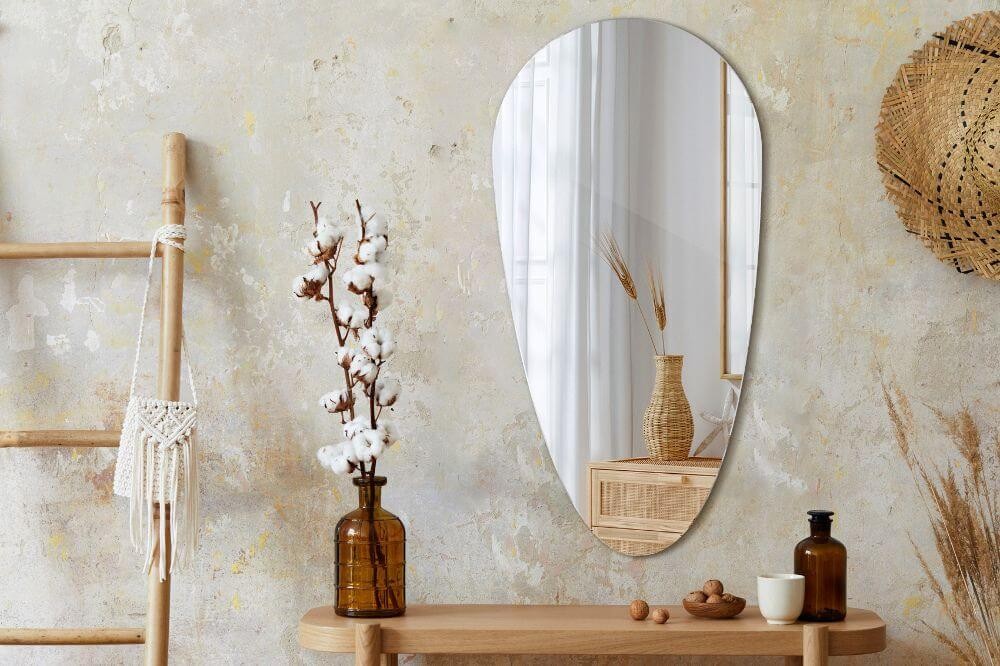
Shape and Size - Finding the Perfect Fit
The shape and size of a mirror can dramatically affect the ambiance of a room. It's not just about filling a gap on the wall; it's about making a statement, altering perceptions of space, and complementing the room's existing dimensions and decor.
Choosing the Right mirror Shape
- Round mirrors: Soften the hard lines of a room, adding a gentle, calming feel. Perfect for creating a focal point in living rooms or bathrooms.
- Rectangular and square mirrors: Offer a more traditional look and can make spaces appear taller or wider, depending on their orientation. Ideal for entryways and bedrooms.
- Irregular shaped mirror: Heart-shaped, hexagonal, or sunburst mirrors can add a playful or artistic element to your space, serving as conversation starters and showcasing your personality.
How to choose the size of the mirror?
- The mirror should be in proportion to the wall space and furniture it's near. A large wall could accommodate an oversized mirror, making the room appear more spacious, while a small mirror on a large wall might look lost.
- Consider the mirror's purpose. In dressing areas, a full-length mirror is essential, while in a hallway, a smaller mirror might serve more as an accent piece.
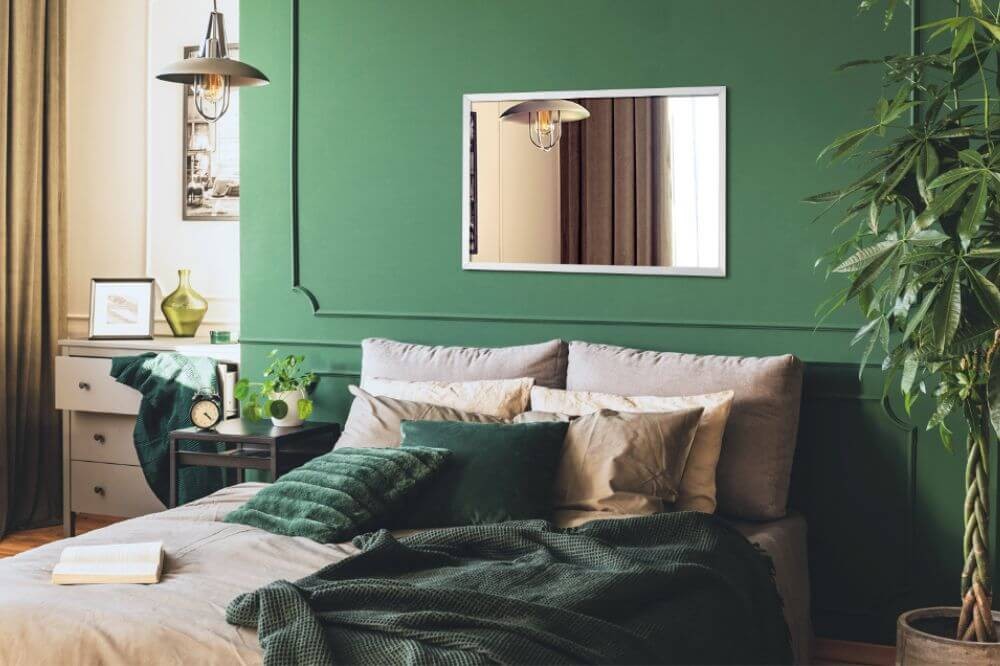
Choosing the right mirror frame material
- Wood frames: Bring warmth and natural beauty to a space, suitable for rustic, traditional, or Scandinavian-inspired interiors.
- Metal frames: Offer a sleek, contemporary look, fitting well in modern or industrial decor schemes. They can be finished in various ways (e.g., brushed nickel, polished chrome) to match other fixtures in the room.
- Frameless mirrors: Provide a clean, unobstructed reflection. Ideal for minimalist decor or small spaces where you don't want the frame to dominate the mirror's effect.
Where to hang the mirror?
The placement of your mirror can be as impactful as the mirror itself. Positioning it thoughtfully can maximize its benefits, such as enhancing light or making a room appear more spacious. Here's how to place your mirror perfectly:
Strategic Placement for Light and Space
- Maximizing Natural Light: Place mirrors opposite or adjacent to windows to catch the light and bounce it around the room, making the space feel brighter and more open.
- Expanding Spaces: In smaller rooms, place a large mirror on a wall or lean it against a wall to create the illusion of depth, effectively doubling the room's perceived space.
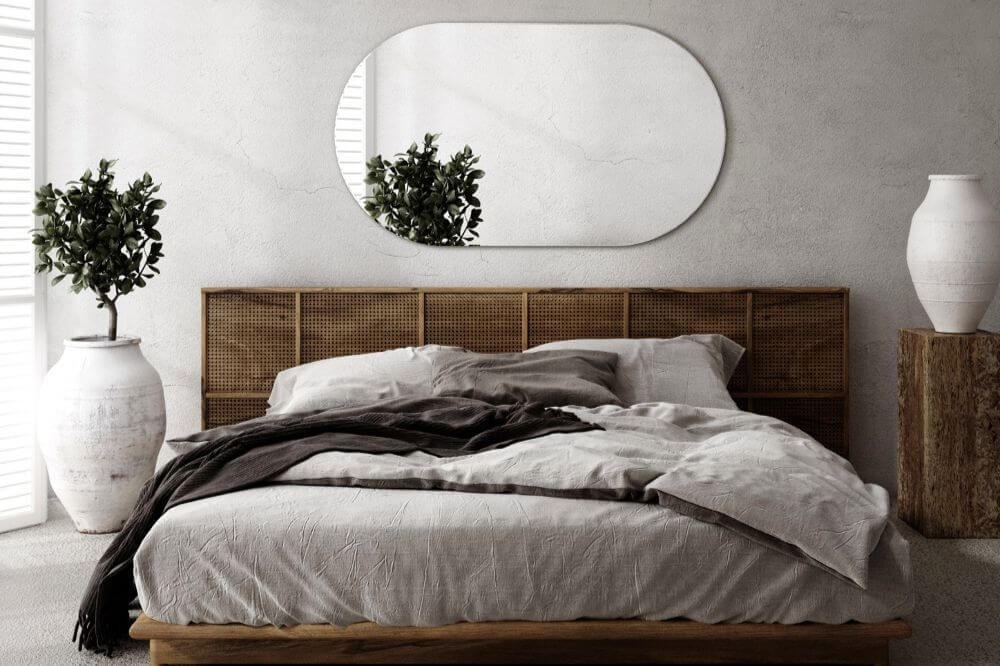
Creative ideas for placing mirrors
- Gallery walls: Incorporate mirrors into a gallery wall of art and photographs for a playful mix of visuals and reflections.
- Large mirrors: leaning a large mirror against a wall can introduce an element of casual elegance and make a small space seem larger.
- Consider mirrored furniture pieces for a glamorous touch that amplifies light and adds elegance to any room.
Mirror in the home - mirror dilemmas
Can a mirror be bigger than a sink?
Yes, a mirror can be larger than a sink. In many cases, especially in bathrooms, mirrors are often designed to be wider or taller than the sinks underneath them. This allows for better reflection and is especially useful in public areas or hotel bathrooms, where mirrors often take up an entire wall above the sinks. The size of the mirror depends on aesthetic preference and the functionality it is to serve in the room.
Is it okay to put a mirror in the living room?
A mirror can be a great addition to a living room, adding space, light and style. Here are some reasons why you should consider putting a mirror in your living room:
- Increase the feeling of space - A mirror reflects light and surroundings, making smaller spaces appear larger and brighter.
- Decorative accent - A mirror can serve not only a practical purpose, but also be a decorative element. You can choose a frame that matches the style of the interior, whether modern or classic.
- Functionality - In the living room, a mirror is also practical, such as for last minute touch-ups to your appearance before leaving the house, or as a way to visually enlarge the space during social gatherings.
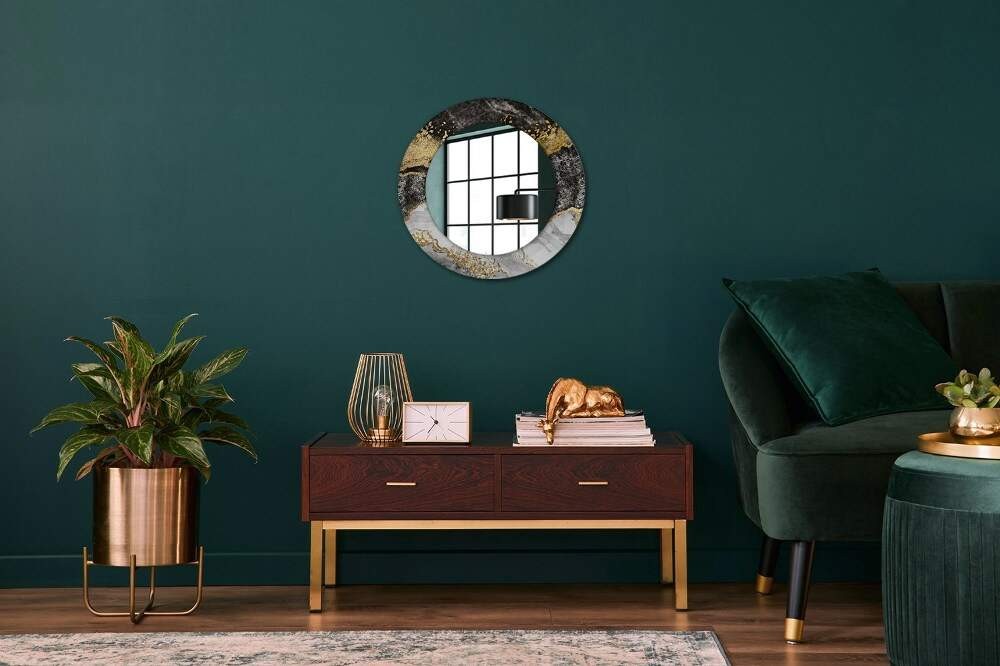
Does a mirror reflect bad energy?
The concept of a mirror reflecting bad energy has its roots in various cultures and esoteric practices, such as feng shui. In the feng shui tradition, a mirror is used not only for interior decoration, but also as a tool to direct and modify the flow of energy, called chi, in the home. Here are some views on mirrors and energy:
- In feng shui, it is believed that a mirror can reflect both positive and negative energies. If the mirror is directed at something negative, such as a dumpster or an unattractive building, it can bring negative effects to the household.
- The location of the mirror in the house is crucial. For example, it is not advisable to place a mirror opposite the front door, as this can reflect good energy back outside.
- Some beliefs suggest that mirrors placed in the bedroom can contribute to anxiety and bad dreams, as they reflect energy throughout the night.
The Magic of Mirrors: Elevating Your Interior Design
In the quest to enhance our living spaces, mirrors are proving to be versatile heroes, offering more than mere reflections. They enhance light, create the illusion of space and serve as dynamic decorative elements that can transform any room. Mirrors are not just accessories; they are indispensable elements that bring magic to our homes, making them appear brighter, larger and more welcoming.

